Guryonggyegok Valley (구룡계곡)
16.8 Km 19779 2024-04-07
Guryongpokpo-gil, Namwon-si, Jeonbuk-do
+82-55-972-1000
Guryonggyegok Valley, a 3 kilometer-long valley in the northern part of the Jirisan National Park, located in Namwon, Jeollabuk-do, is just the place to enjoy a panoramic view of the unusually shaped rocks and precipitous cliffs. Under the Guryongpokpo Falls, located at the peak of the valley, is a small pond called, ‘Yongso’ (meaning ‘dragon pond’). Legend has it that a dragon lived here before it ascended to heaven. Visitors can tour the valley by driving along the skyway, an extension of the tourist road of Jirisan Mountain, or take an invigorating hike up a mountain by taking the Jeongnyeongchigan route, which extends along the valley to Baemsagol Valley(Banseon) and Nogodan Peak.
Chaewondang [Korea Quality] / 채원당 [한국관광 품질인증]
16.8 Km 11330 2020-12-12
217-28, Gichamaeul-ro, Gokseong-gun, Jeollanam-do
+82-10-5000-1523
Chaewondang is a traditional Korean house located just in front of Seomjingang River Train Village, the best tourist spot in Gokseong. It is only 200 meters from the main gate of Chaewondang to the ticket office of the train village. Chaewondang boasts a well-shaped and spacious interior space, like a newly built Hanok. When you enter the room, you can feel the cleanliness of the uniqueness of the new house. The wooden pillars and beams, the eaves, and the roof of the tile create the charm of Hanok.
The grass yard, flower beds, and jangdokdae are also worth seeing and the rice paddies and rural scenery spread out in front of Chaewondang are picturesque.
The rooms are divided into sarang rooms and interior rooms. The sarang rooms are a place where a family can relax and take a rest comfortably. The interior rooms are equipped with a spacious living room and a room suitable for large family or group travel. The rich use of raw materials makes a pleasant tree smell. If reservations are made in advance, the breakfast table will be served with dasul gitang, daseulgi jeonggol, yukgaejang, and booger soup.
Guests will be offered a 30 percent discount on tickets to Seomjingang Train Village, and a discount ticket for train rafting, survival, and horse riding Usville. We also have various experience programs.
There are traditional Hanbok wearing, family motto brush writing experience, bicycle riding on a rural road, understanding of Hanok and joints system.
In addition to Seomjingang Train Village, there are many hidden tourist destinations in Gokseong, such as Seomjingang River Drive, Simcheong Hanok Village, Dorimsa Valley, Daehuang River Suspension Bridge, and Seomjingang goblin Village.
Ten Scenic Views of Jirisan (지리산 10경)
16.8 Km 38488 2024-04-07
Sandong-myeon, Gurye-gun, Jeollanam-do/ Namwon-si, Jeonbuk-do/ Hadong-gun& Hamnyang-gun& Sancheong-gun, Gyeongsangnam-do
+82-55-970-1000
Its deep valleys and unique mountain formations are what make Jirisan Mountain truly spectacular. It consists of numerous peaks, and is known to be well-preserved and clean. Ten Scenic Views of Jirisan Mountain are particular memorable and simply breathtaking.
Perhaps Jirisan Mountain’s most signature highlight is its incredible sunrise; the scarlet sunlight from the horizon in the east is spectacular, and arguably the best place to watch it in Korea. The second highlight is Piagol Autumn Leaves. At the village, walk 10 minutes further towards Piagol and you will come to a pine forest at the edge of Jeollanam-do and Gyeongsangnam-do. It is called Piagol, the best broad-leaved tree forest in Jirisan Mountain area. The autumnal colors of Piagol are some of the best in the world. Every year the Autumn Leaves Festival is held here. The third notable highlight is the Nogodan Sea of Clouds. Located to the west of Jirisan Mountain, Nogodan Peak is said to boast the most outstanding views of Jirisan Mountain. If you climb up to the peak following the Hwaeomsa Valley, at times the sea of clouds are visible from below the peak. The fourth selected highlight is Banyabong’s Sunset. Banyabong Peak is a huge dome shaped feature. One of the big joys of climbing Banyabong is to see the sunset. The fifth notable feature is the full moon; the beautiful scarlet sky together with the black mountain line produce an exquisite painted background to the rising of the moon. The sixth highlight is the royal azalea blossoming between the rocks. In the spring, the royal azaleas blanket the mountain. There is a field that extends 1,200 meters in the southern area of Jirisan Mountain covered with flowers known as Royal Azalea Plateau. The seventh feature is the deep waterfall between the peaks of Cheonghakbong and Baekhakbong. The 60-meter waterfall produces a tremendous sound. The eighth is the vast view of the mountain range towards Cheonwangbong Peak. The ninth feature is the Chilseongyegok Valley. With its roots in Cheonwonbong Peak, it is one of our nation’s three best valleys. According to legend, seven gods are said to be living in Chilseongyegok Valley. Finally, the tenth most scenic feature is Seomjincheongryu. Flowing southwesterly across Jirisan Mountain and into the south coast, the Seomjingang River is so clear that it is sometimes compared to blue silk. The white sandy beaches on either side of the river are also very beautiful.
Gokseong Leisure Culture Center (곡성 레저문화센터)
17.5 Km 5590 2021-08-06
855, Gokseong-ro, Gokseong-gun, Jeollanam-do
+82-61-360-8343
Gokseong Leisure Culture Center was built to provide culture, education, and leisure facilities to the public. There are three concert and lecture halls, Dongak Art Hall, Seomjin Hall, and Daehwang Hall. There are also facilities for hobby and health classes. The center opened on March 11, 2010.
Gokseong Dangunjeon Shrine (곡성 단군전)
18.1 Km 24330 2021-05-27
33, Yeongun 1-gil, Gokseong-gun, Jeollanam-do
+82-61-360-8379
Dangunjeon Shrine was built in honor of Dangun, a legendary figure known to be the founder of Gojoseon, or ancient Korea. He is known to be the grandson of the heavens and the son of Hwanung. According to the legend, Hwanung was approached by a bear and a tiger who wished to become human beings. Hwanung attended to their plea by instructing them to avoid sunlight for 100 days and live only by consuming garlic and mugwort. Unlike the tiger who gave up, the bear followed the instructions faithfully and transformed into a woman, who then married Hwanung and gave birth to Dangun.
Located near Yeonguncheonbyeon in Gokseong-eup, Dangunjeon Shrine was first founded in Hakjeong-ri, Samin-dong in 1916 by Shin Tae-yun, also known as Baekdang, but later moved to its current location and went through reconstruction in 1931. An annual ancestral rite takes place at the shrine on October 3 (National Foundation Day) and March 15 to pay respects to Dangun. Dangunjeon Shrine was also a place where civilians gathered to take an oath of patriotism in action against the Japanese during the Japanese colonization period; a stone plaque commemorating the March 1st Independence Movement and Baekdang Memorial Hall dedicated to Shin Tae-yun can also be found within the area. Shin Tae-yun was captured by Japanese soldiers during the March 1st Independence Movement and served two years in prison.
Samseonggung (삼성궁)
18.9 Km 56428 2024-02-21
86-15 Samseonggung-gil, Cheongam-myeon, Hadong-gun, Gyeongsangnam-do
Samseonggung is a Taoist shrine located at 850 meters above sea level on Jirisan Mountain. It serves as a spiritual hub for practicing Sinseondo, embodying traditional Korean culture. In 1983, Kang Min-ju (Taoist Priest Hanpul), along with his disciples, restored the sodo, a sacred altar from the Gojoseon period. This shrine stands as a revered sanctuary, honoring the primal ancestors of the Korean people: Hwanin (Lord of Heaven), Hwanung (Supreme Divine Regent), and Dangun (legendary founder of Gojoseon).
Namwon Aircraft & Space Observatory (남원항공우주천문대)
19.7 Km 17093 2024-04-07
48-63, Yangnim-gil, Namwon-si, Jeonbuk-do
+82-63-620-6900
Chosen as a government funded project, Namwon Aircraft & Space Observatory was granted 4.6 billion won by the Ministry of Science, ICT and Future Planning in 2006 for project development.
The three-story observatory, with a total area of 6,532 square meters, has an exhibition hall showing the history of space aviation, an aviation experience hall, and a 10-meter-wide dome showing images of the night sky. The secondary observatory is equipped with a 600 millimeter telecope and other astronomical telescopes ranging in focal length from 125 millimeter to 350 millimeter for observing Namwon's night sky. In addition to the telecopes, retired combat planes from the air force, including the main fighter plane Phantom from the 1970s, are displayed outside.
Namwon Aircraft & Space Observatory offers programs such as tours and experience programs for groups. These include a 4D film experience of the sun and celestial bodies, a virtual aviation experience, and lectures about astronomy, all of which can accommodate up to 120 people per session. A variety of classroom learning activities are also offered in the summer to attract more visitors.
Namwon National Gugak Center (국립민속국악원)
19.8 Km 13636 2024-04-07
54, Yangnim-gil, Namwon-si, Jeonbuk-do
+82-63-620-2324
The Namwon National Gugak Center, located in the birthplace of pansori, invites visitors to the enchanting world of Korean folk music, a genre known for its explicit beauty. Opened in March 1992, the center offers a variety of regular folk performances and educational programs.
Chunhyang Culture & Art Center (춘향문화예술회관)
19.9 Km 8819 2024-04-07
43, Yangnim-gil, Namwon-si, Jeonbuk-do
+82-63-620-5724
Located in Namwon, the birthplace of gugak (Korean classical music), the Chunhyang Culture & Art Center was established to preserve and promote the cultural asset, while providing spaces for art and culture.
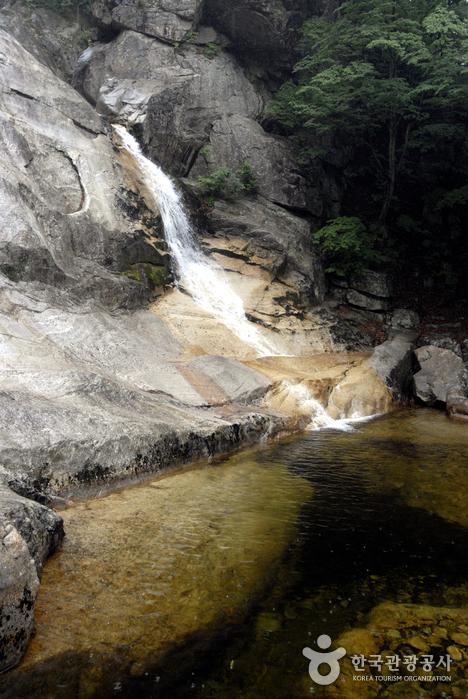
![Chaewondang [Korea Quality] / 채원당 [한국관광 품질인증]](http://tong.visitkorea.or.kr/cms/resource/14/1974014_image2_1.jpg)
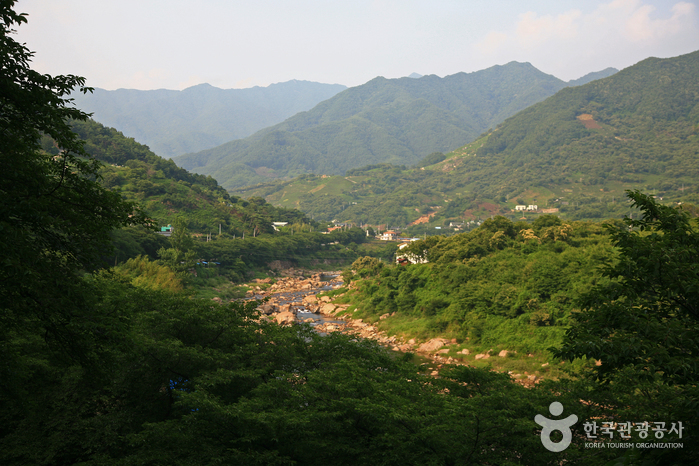
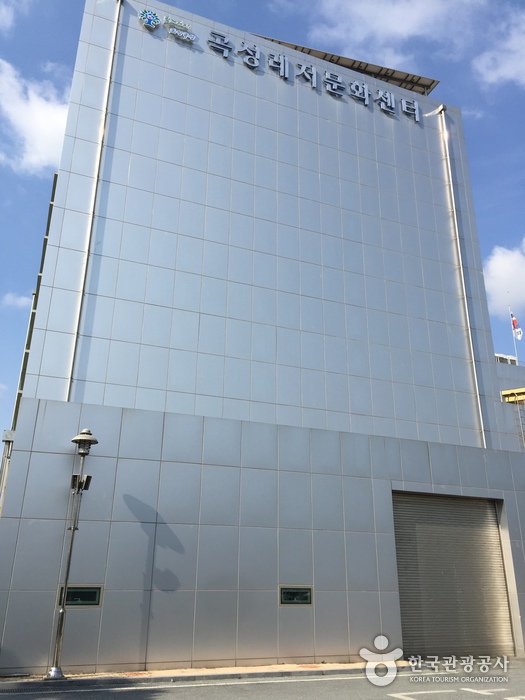
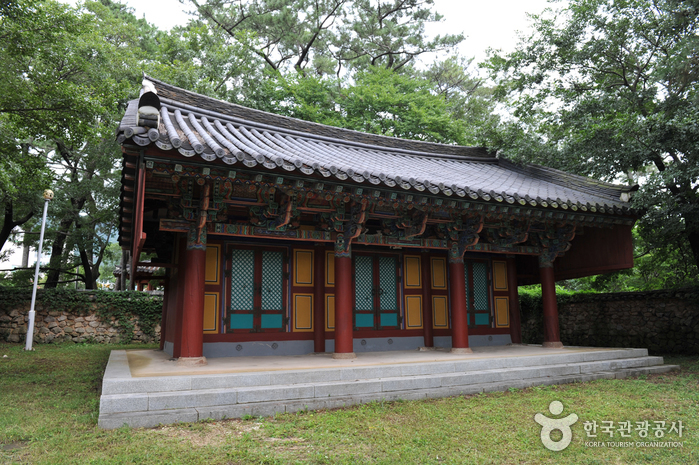

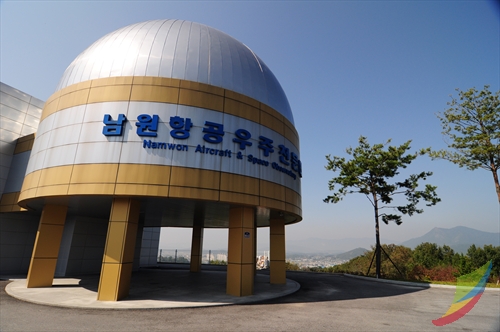
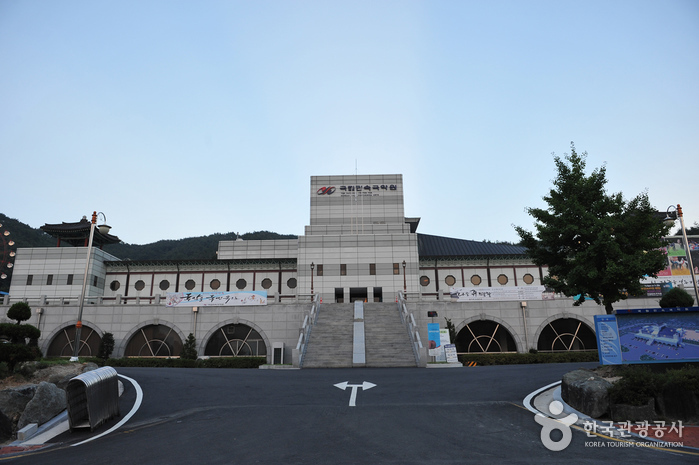
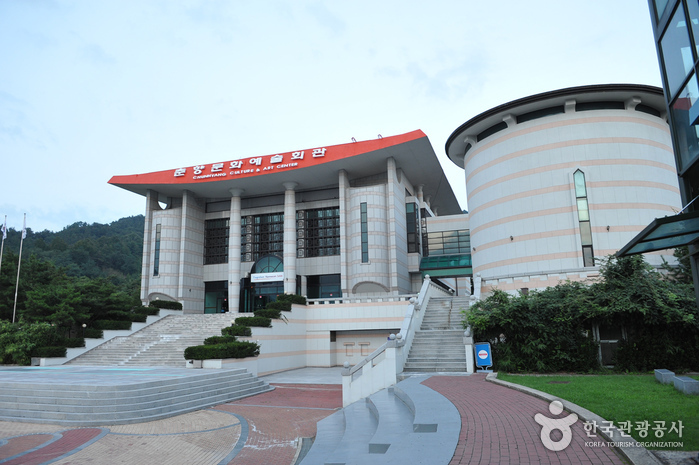
 English
English
 한국어
한국어 日本語
日本語 中文(简体)
中文(简体) Deutsch
Deutsch Français
Français Español
Español Русский
Русский